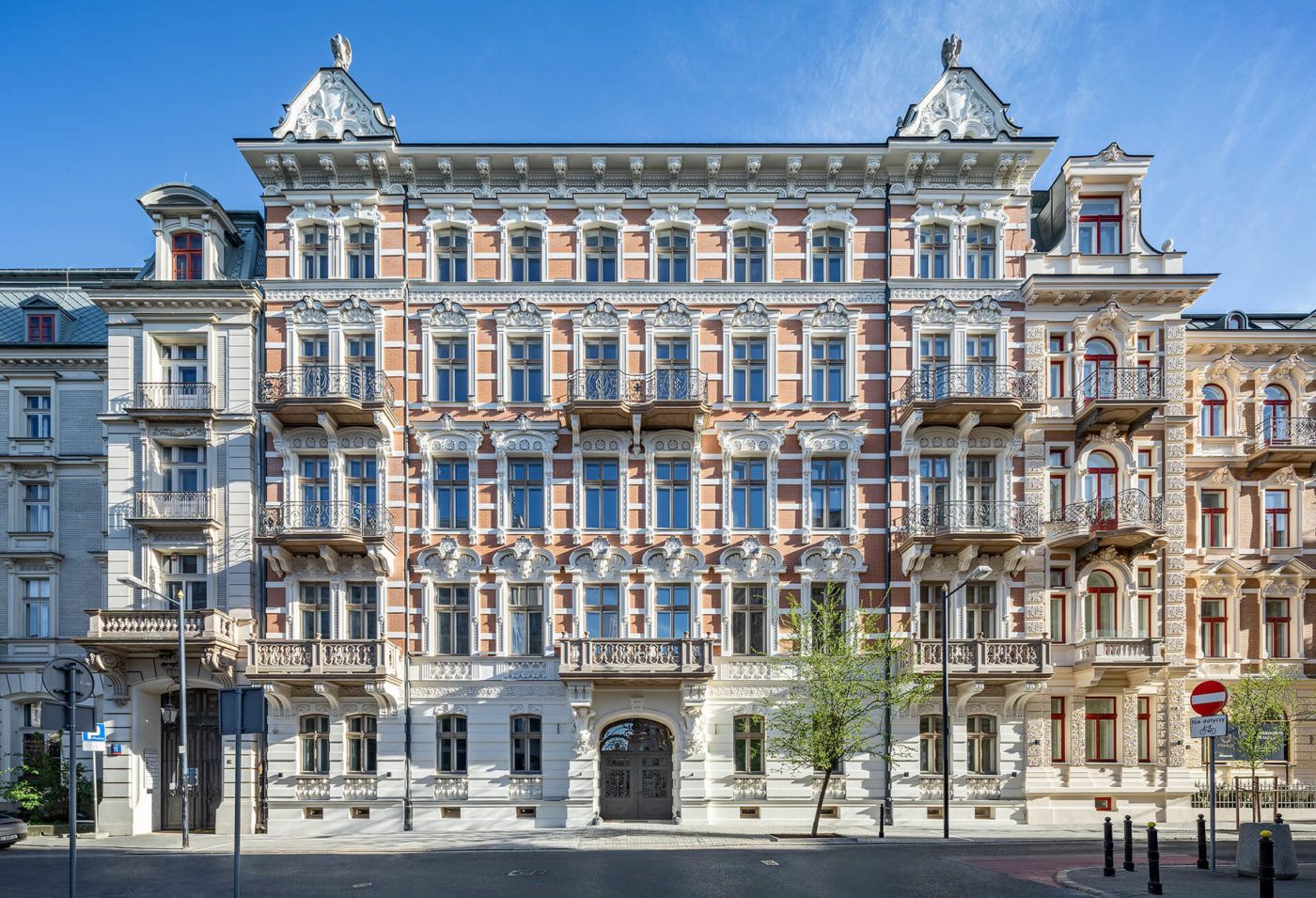There is something quite mysterious about condominiums built in the last centuries—not only because of their appearance, but also because of their historical past. They have endured the dangers of wars with dignity, while they can witness a lot of personal stories. We have now made a selection of 19th and 20th-century regional condominiums that have outgrown their age, become a landmark in their city or served as a venue for important meetings.
Piston house | Budapest, Hungary
The luxury tenement house, also nicknamed the “Dugattyús-ház” (Piston house), was built in 1938 according to the plans of Béla Hofstätter and Ferenc Domány. The condominium on Margit Boulevard is a real curiosity in Budapest: in addition to the elevator running in the glass tube, the forward-looking spirit of the building is also remarkable.

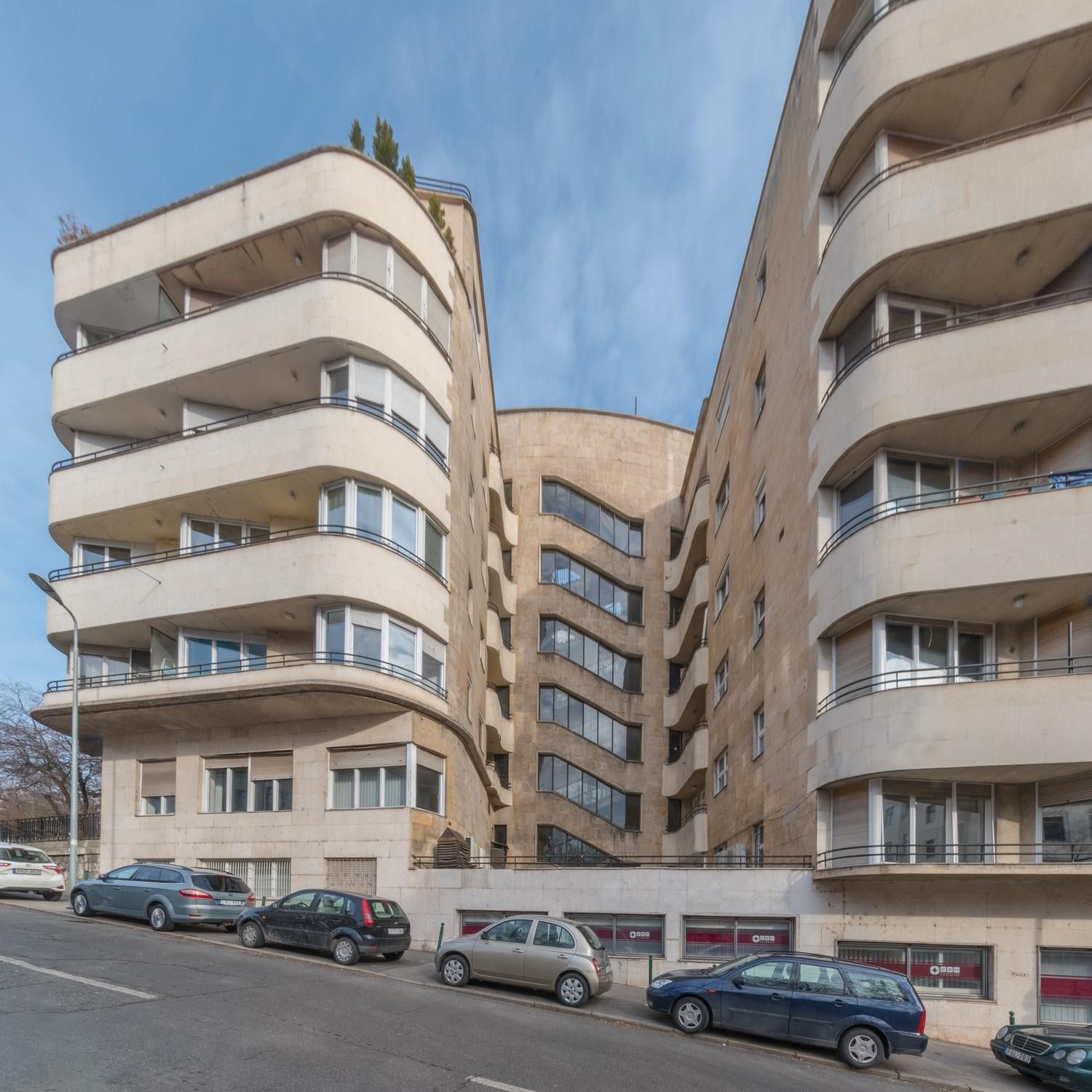

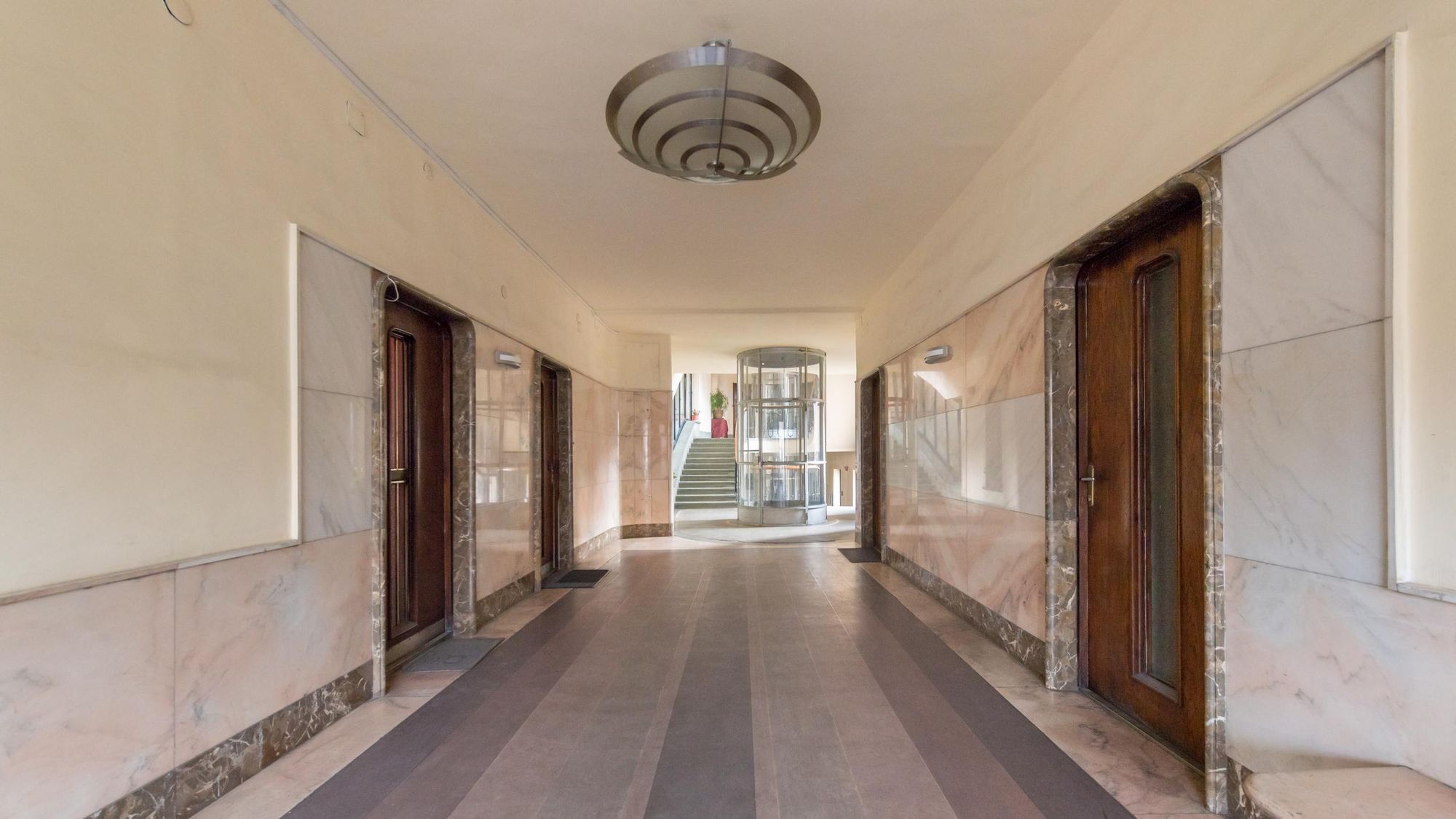
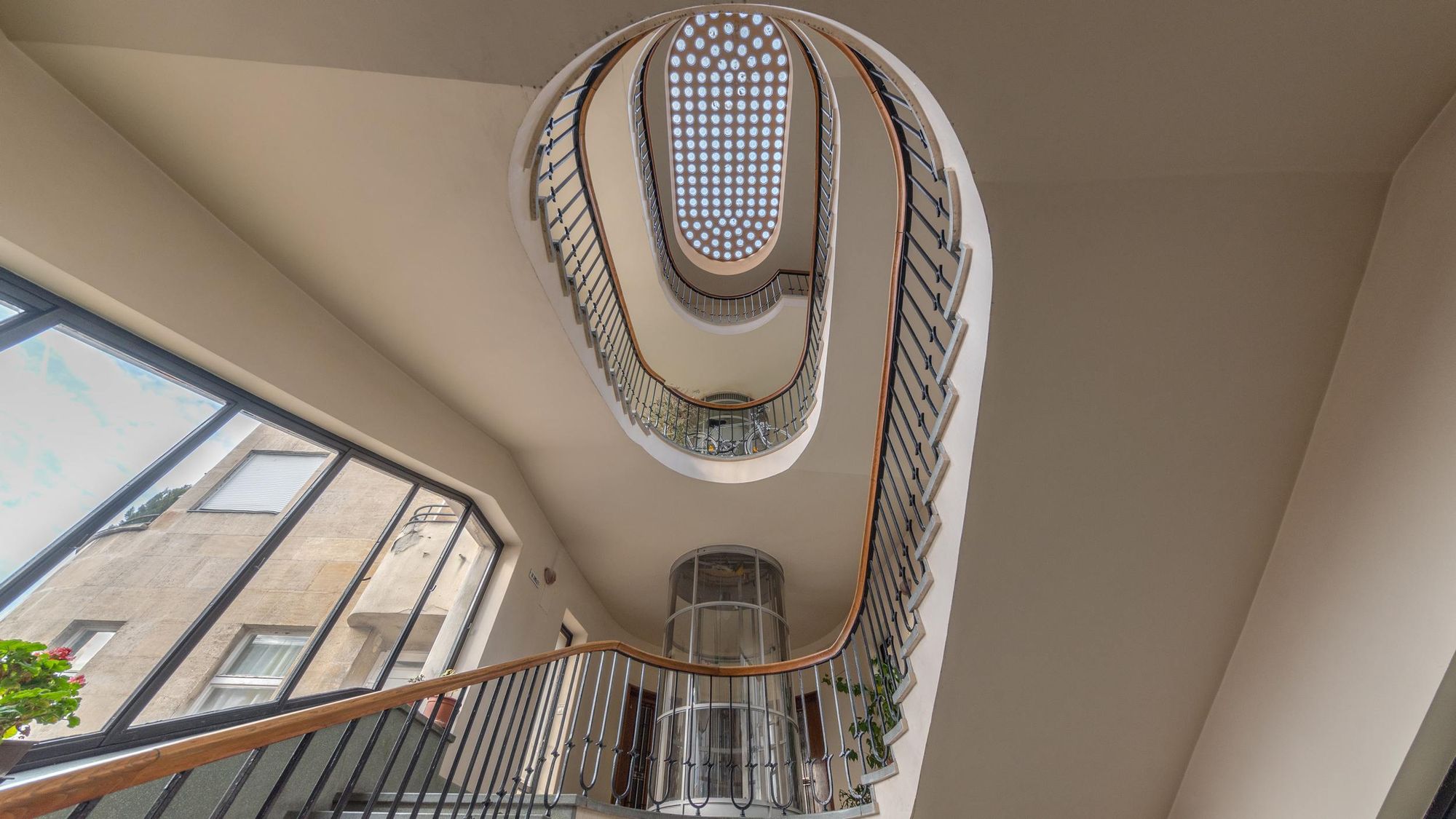
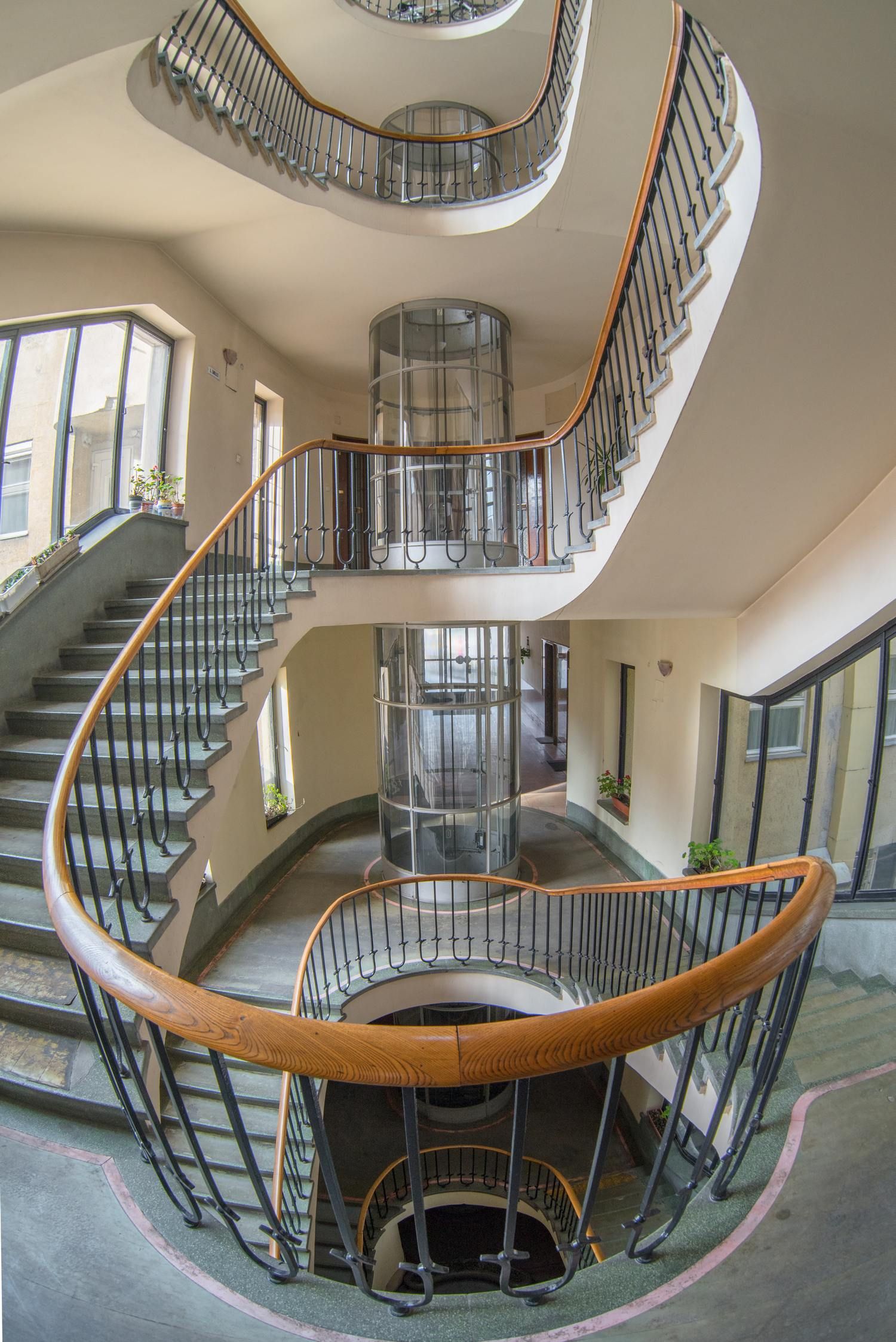
Brauer House | Vienna, Austria
The artistic design in the style of fantastic realism is credited to Arik Brauer, and the architect was Peter Pelikan. The scenes on the wall of a Viennese house built between 1991 and 1994 depict the struggle for harmony in the form of paintings burnt onto tiles.

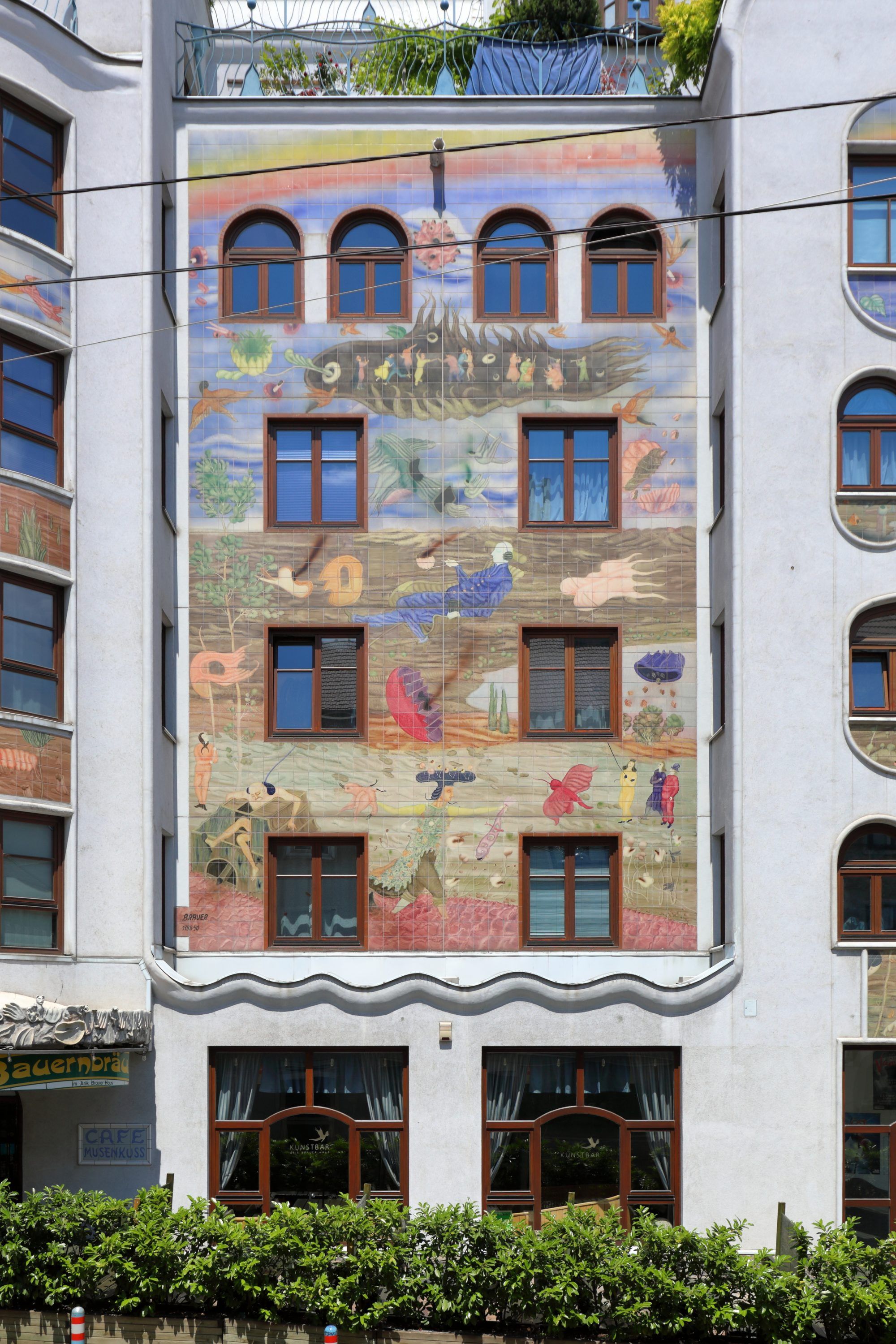
Foksal 13/15 | Warsaw, Poland
Foksal Street has been an elite residence in Warsaw since its inception, and between the two world wars it became a favorite meeting place for the aristocrats in the capital. Between 1895 and 1898, two luxurious tenement houses were built at number 13th and 15th in the street, designed by architect Artur Otton Spitzbarth—the houses decorated by the works of famous craftsmen and artists were also inhabited by renowned painters, poets, war heroes, ministers and senators.

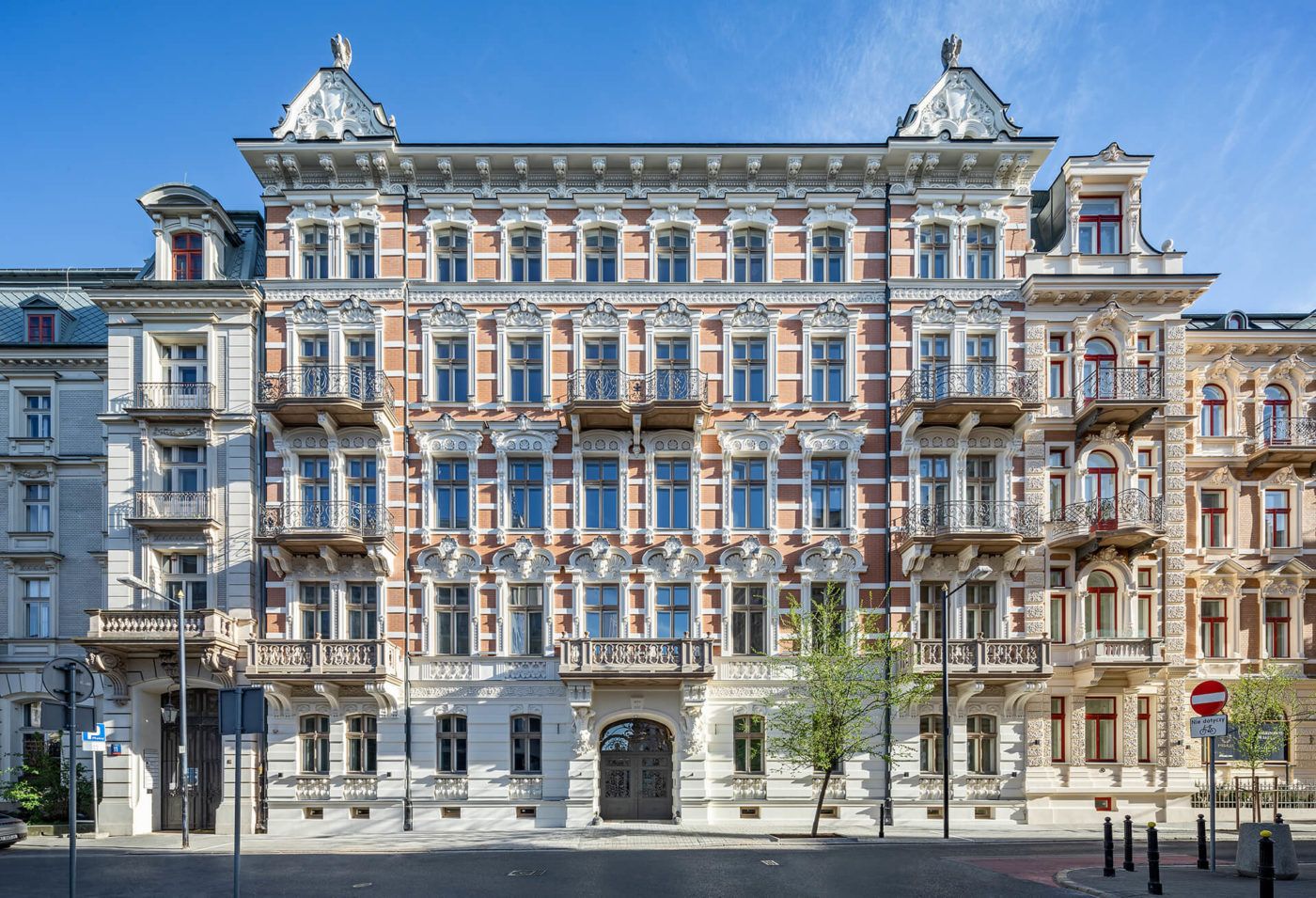
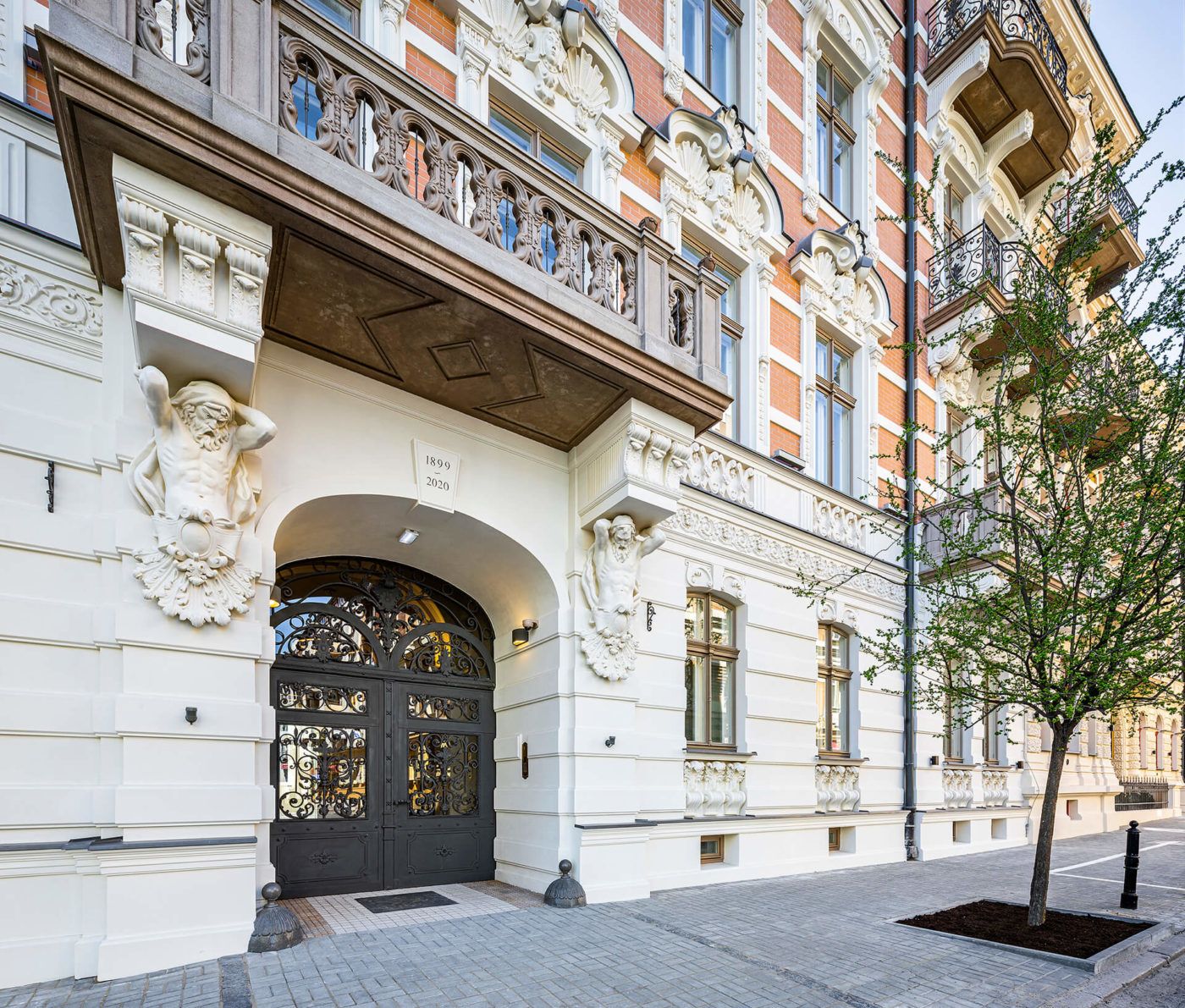


Myslíkova 22 | Prague, Czech Republic
František Jiskra is the architect of the Art Nouveau corner house in Prague, built in 1907. Completely renovated in 2014, the building now houses a hotel that mixes the historic site with modern furnishings.
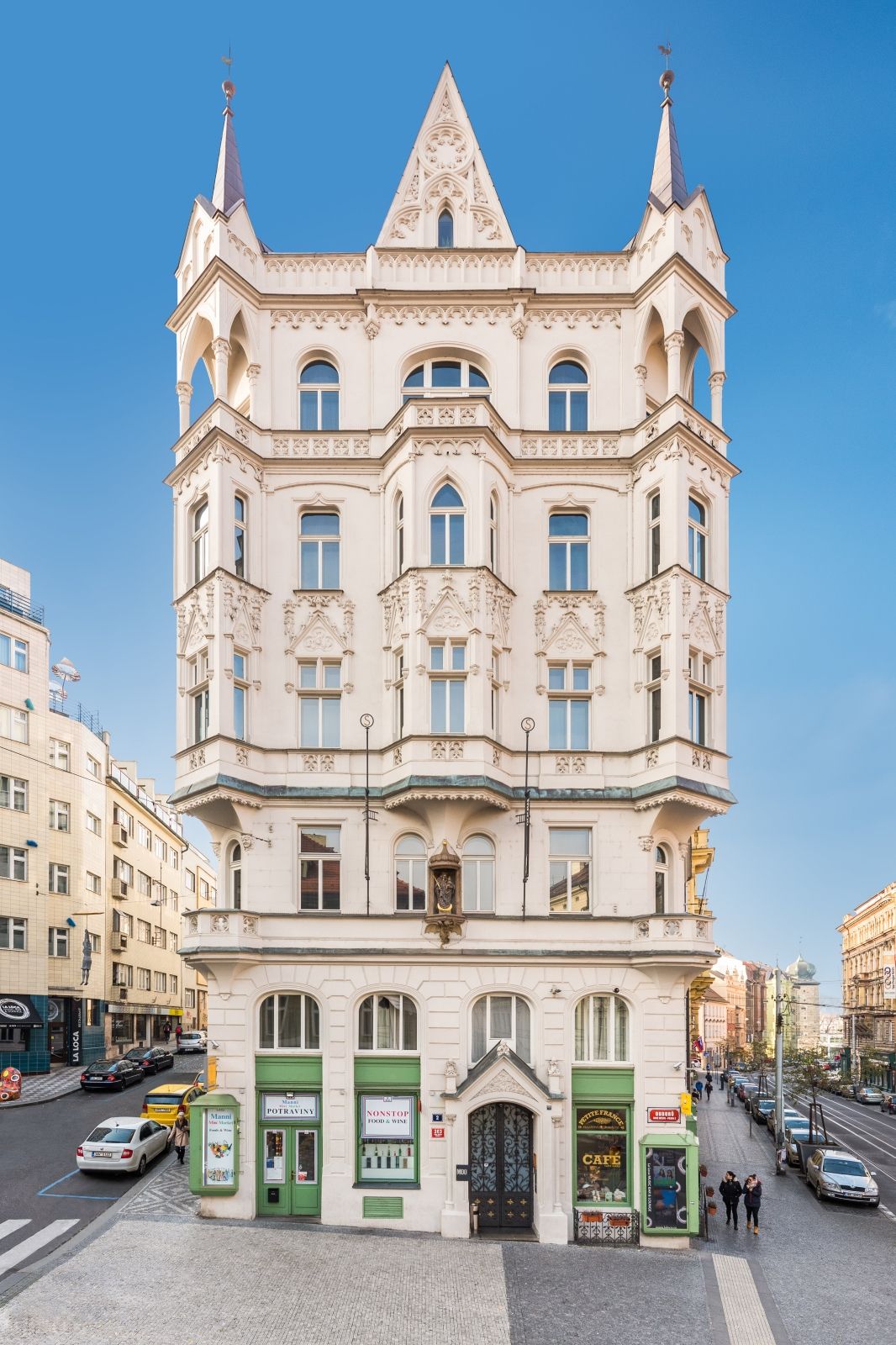

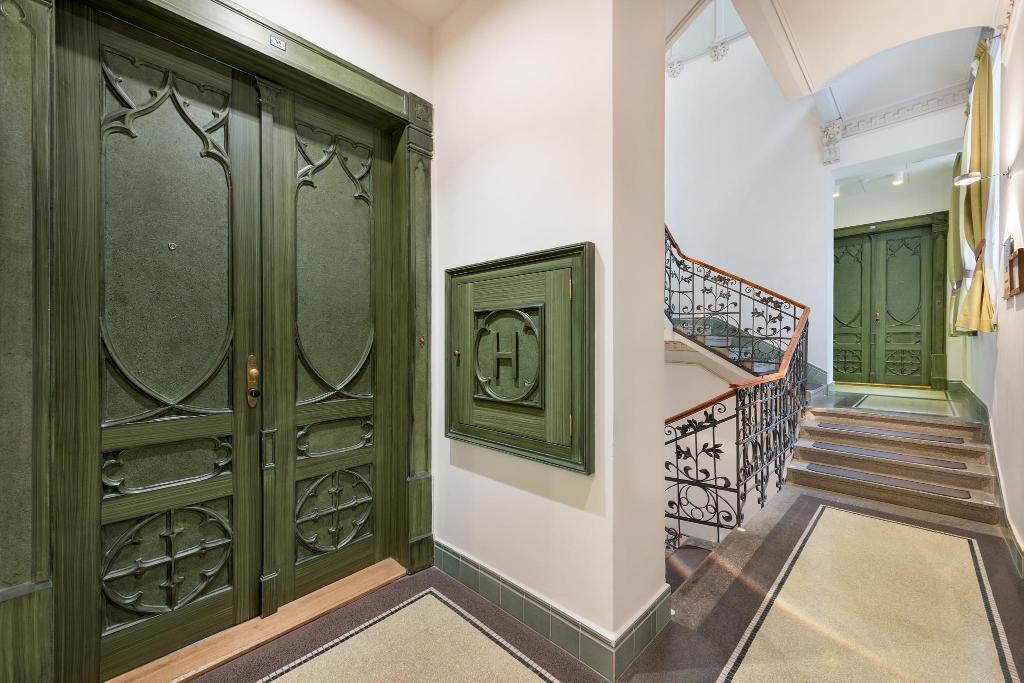
House with cats | Kyiv, Ukraine
The Art Nouveau house is named after the cat motifs on its façade, but owls and chimeras can also be spotted on it. The ornate condominium for Colonel Fedir Jahimovsky was built in 1909 according to the plans of architect Vladimir Bessmertny—in which Professor Stephen Timoshenko, co-founder of the Ukrainian Academy of Sciences, also lived.

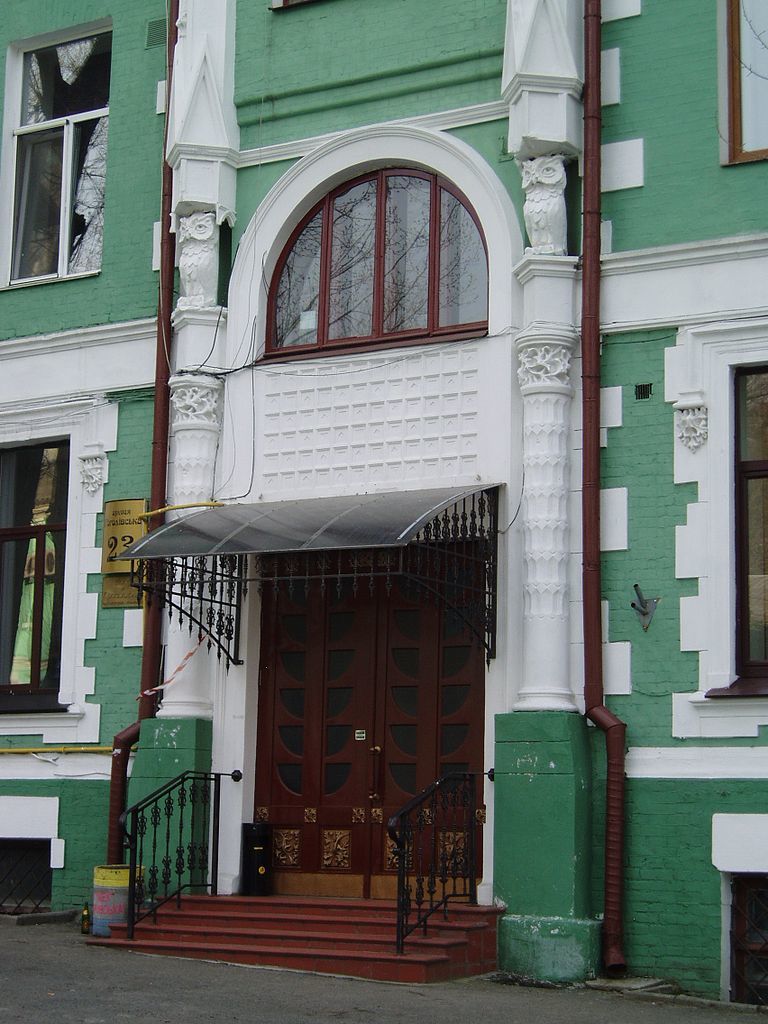
Source: Budapest100, Foksal 13/15

Polish beach retro on posters | Ewelina Gąska

Where the sun rises twice: Double Rise Festival launches soon










